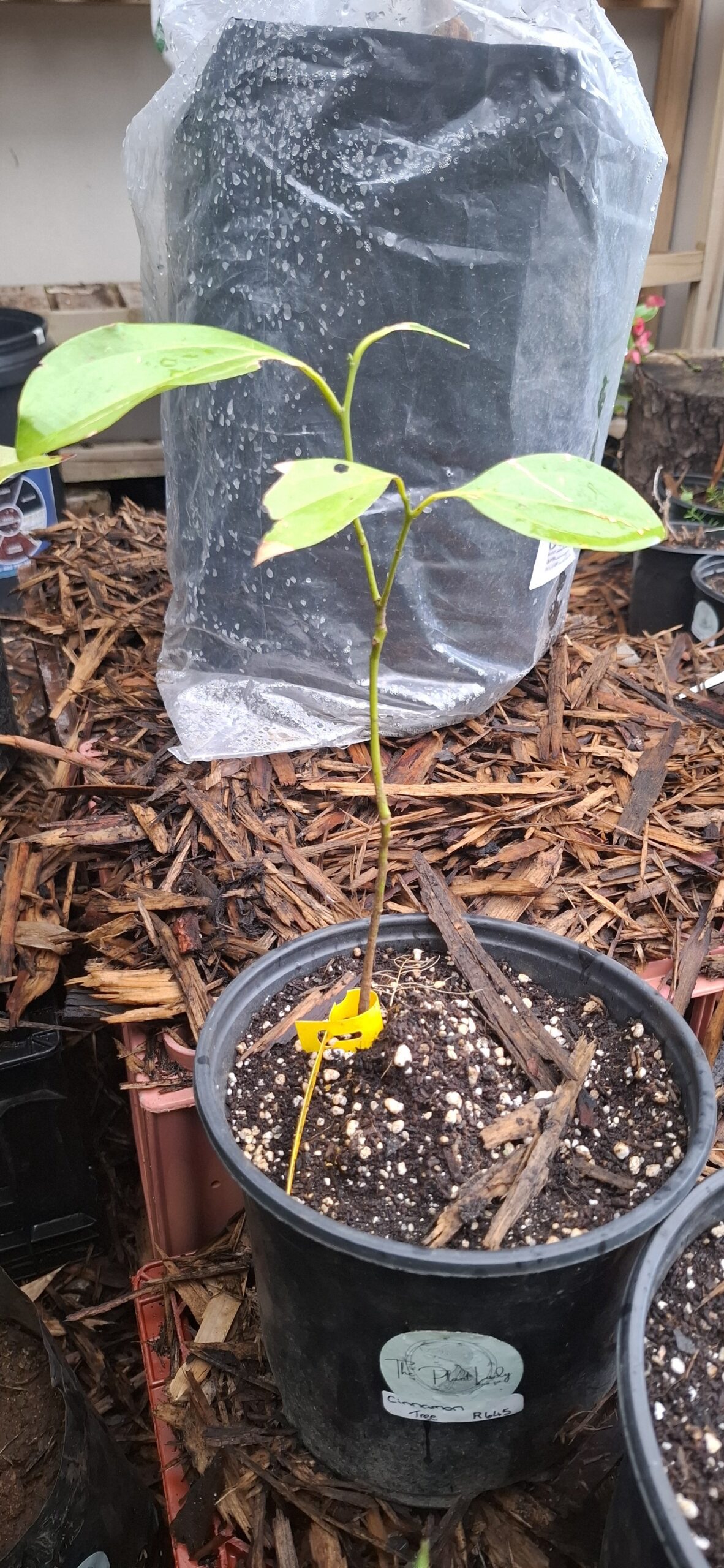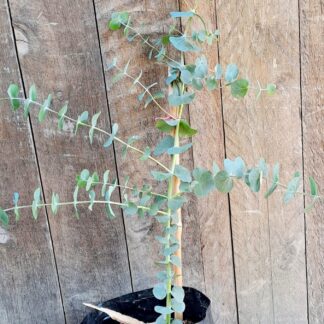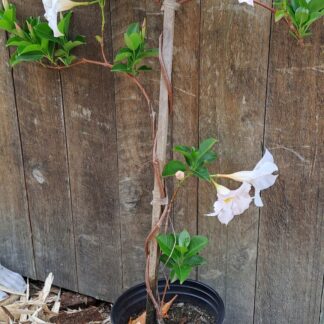Description
Caring for Your Cinnamon Tree: From Seedling to Mature Tree
Bringing a cinnamon tree (Cinnamomum verum) into your garden is like growing a piece of history! Known for its fragrant bark, this tropical evergreen is both ornamental and functional. If you’ve received a young cinnamon tree, here’s how to nurture it from a small seedling to a thriving tree.
- Settling In: The First Few Weeks
Location: Place your young cinnamon tree in a warm, sheltered area with bright, indirect sunlight. A greenhouse or sunny, indoor spot works well.
Repotting: If the tree is in a nursery pot, transfer it to a slightly larger container with good drainage. Use a sandy, well-draining potting mix enriched with organic matter.
Watering: Keep the soil consistently moist but not soggy. Allow the top 2–3 cm of soil to dry slightly between waterings.
Humidity: Cinnamon trees thrive in high humidity. Mist the plant daily or use a humidity tray, especially if grown indoors.
- Supporting Early Growth
Staking: If the young tree’s stem is thin, stake it gently with soft ties to support upright growth.
Feeding: Use a balanced liquid fertilizer every 4–6 weeks during the growing season.
Light Adjustment: Gradually acclimatize the tree to partial sunlight if it was previously kept in lower light conditions.
- Preparing for Outdoor Planting
Timing: Wait until the tree reaches 60–90 cm in height and is well-established (1–2 years).
Hardening Off: Gradually introduce the tree to outdoor conditions over 1–2 weeks before planting.
Site Selection: Choose a sheltered location with dappled sunlight and protection from strong winds. Ensure the soil is fertile, well-draining, and slightly acidic (pH 4.5–6.5).
- Planting Your Cinnamon Tree
Digging the Hole: Dig a hole twice as wide and as deep as the root ball. Loosen the surrounding soil and mix in compost for extra nutrients.
Planting: Place the tree in the hole, ensuring the root collar (where the trunk meets the roots) is level with the soil surface. Backfill and water thoroughly.
Mulching: Add a layer of organic mulch around the base to retain soil moisture and regulate temperature, but keep it away from the trunk.
- Long-Term Care
Watering: Cinnamon trees prefer consistently moist soil. Water deeply once or twice a week, depending on the climate. Increase watering during hot, dry periods.
Fertilizing: Feed with a balanced, slow-release fertilizer 3–4 times a year. Supplement with organic compost to improve soil health.
Pruning:
Lightly prune to remove dead or damaged branches.
After the tree is 2–3 years old, you can begin harvesting bark by cutting back stems or branches carefully. This stimulates regrowth.
Pest and Disease Management: Cinnamon trees are relatively hardy but can be susceptible to scale insects or fungal diseases in humid environments. Regularly inspect the tree and treat issues promptly with organic remedies.
- Harvesting Cinnamon Bark
When to Harvest: Wait until the tree is 2–3 years old and has sturdy branches. Harvest bark during the wet season for easier peeling.
How to Harvest:
Cut back selected branches close to the trunk.
Peel off the outer bark, revealing the fragrant inner layer.
Dry the inner bark in the sun until it curls into quills.
A cinnamon tree is not only a beautiful addition to your garden but also a source of fresh, aromatic cinnamon. With attentive care, this tropical treasure will thrive, offering beauty and utility for years to come!






Reviews
There are no reviews yet.